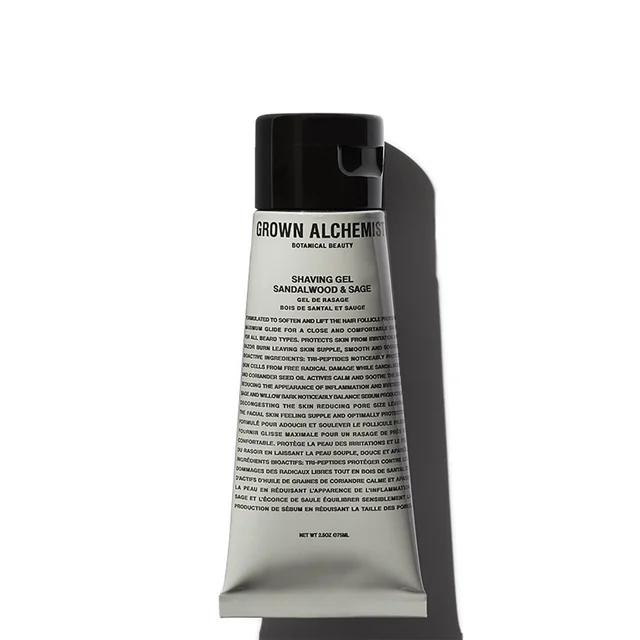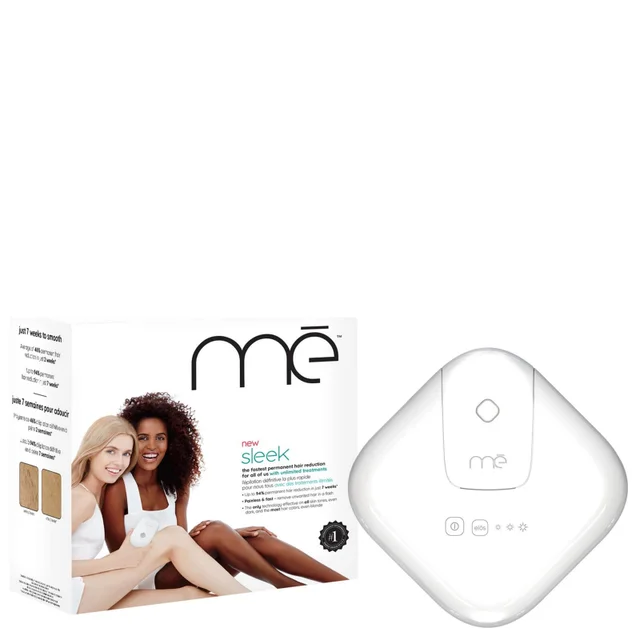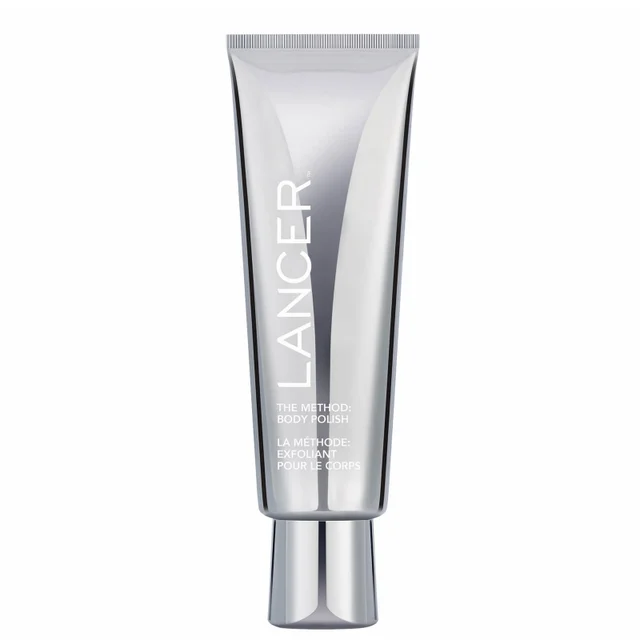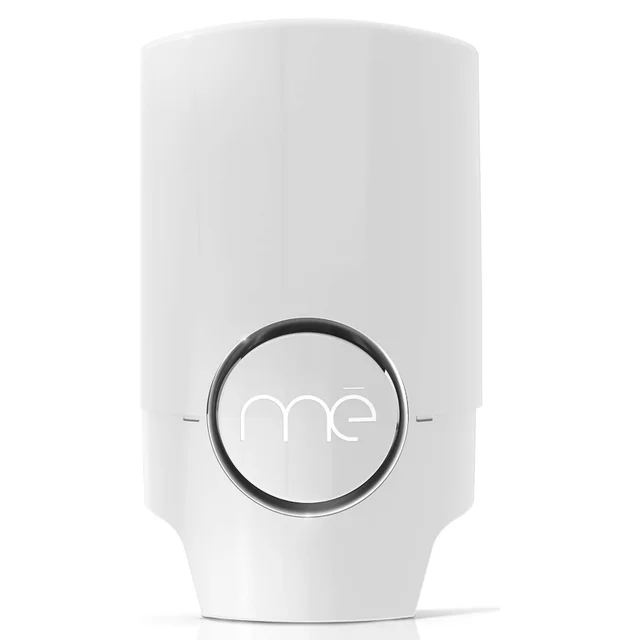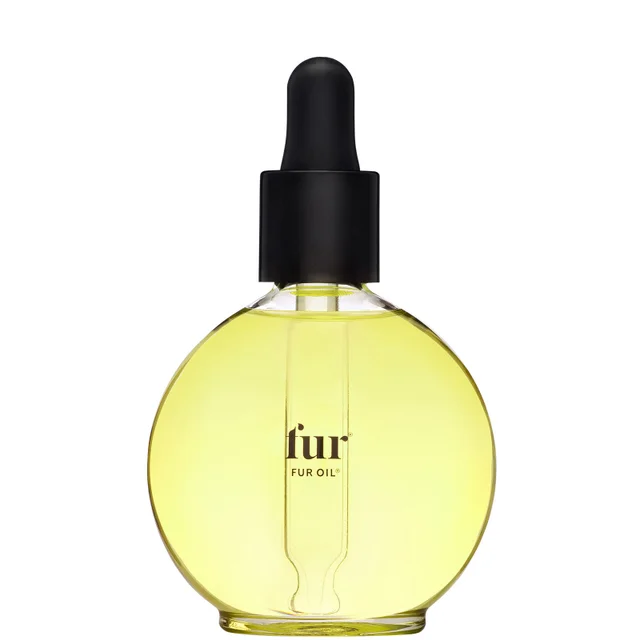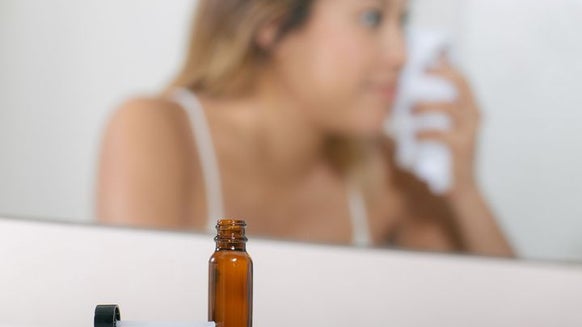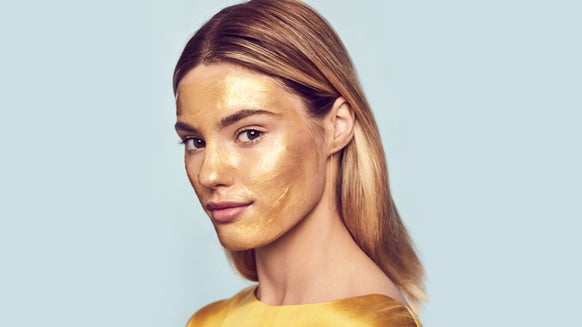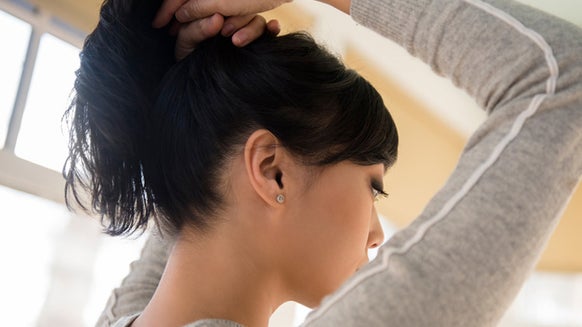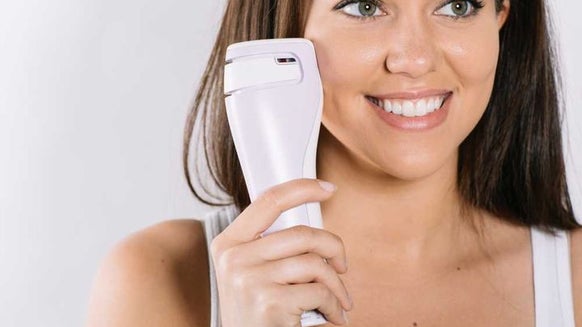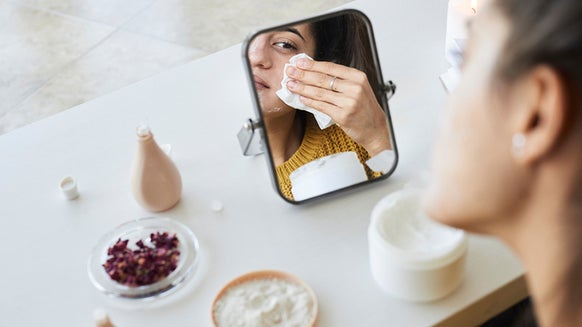8 Ways to Get Rid of Unwanted Facial Hair, Compared!
Whether your eyebrows are unruly or you sprout random chin hairs from time to time, you may be looking for the most effective way to get rid of unwanted hair on your face. Don’t fret, because we’re here to help! Here are seven popular facial hair removal methods to consider. See ya later, fuzz.
1. Waxing
The process: Whether you want to shape your brows or show that mustache who’s boss, waxing is an effective (and pretty affordable) hair removal method to consider trying on various parts of your face. You’ll just need to make sure your hair is at least ¼ of an inch or longer. During a waxing session, a pro will spread either soft or hard wax onto your skin and pull it off when the wax dries to remove hairs at the root, says Holly Green, esthetician and owner of Norabloom Botanicals & Beauty Lounge in Ithaca, New York. Green prefers hard wax for the face since it tends to be thicker, is applied warm, dries on the skin and is removed without a cloth.
Ouch factor: Minimal to medium discomfort, but it’s really different for everyone, says Green, adding that sometimes comfortable surroundings can make you feel more at ease, thus lessening the pain. “The first time is always the worst,” says Green, “but after that it’s fantastic—knowing what to expect and having a skilled pro really go at it makes it less scary.”
How long the results last: Anywhere from four to six weeks, says Green.
How much it costs, on average: Anywhere from $9-25, varies depending on the salon, where you live, and the area of your face you’re waxing.
Pros and cons: Since hairs are removed at the root, you can typically go at least a month between waxing appointments. Waxing is something that’s best left to the pros, so you may want to skip out if you’re more of an at-home hair removal kind of gal. It can be difficult to gauge the temperature of the wax at home, so you could burn yourself. The good news is that a pro facial waxing is pretty affordable.
Dos and don’ts: After getting waxed, the first step you should take is applying sunscreen. “People don’t realize that when you wax, you’re pulling the top layer of skin off,” comments Green. “You can get hyperpigmentation if you don’t protect yourself from the sun—especially on your upper lip.” Oh yeah—and save the spa treatment for another day. “It’s not ideal to come in and get a wax and then get a facial,” says Green, as this can cause unnecessary irritation to vulnerable skin. If you experience any redness afterwards, apply a cool compress, suggests Green. Experiencing ingrown hairs? Roll on some PFB Vanish gel, which has willow bark extract and camphor oil to curb inflammation.
2. Threading
The process: The name pretty much describes what’s going on---a hair removal specialist uses a thread to pull rows of hair out from the root, says Santi Garay, lead brow specialist at Browhaus in New York City. While brows are the most popular area to have threaded, you can get it done just about anywhere on your face, including your forehead, sideburns, cheeks and upper lip. A full eyebrow threading will typically take 15 to 20 minutes.
Ouch factor: “On a scale of one to 10, the first visit might be close to a seven, but the more you do it, the less it will hurt in the future,” says Garay.
How long the results last: About four to six weeks, says Garay.
How much it costs, on average: Anywhere from $5-$30, depending on the salon, where you live and the area of your face you’re threading.
Pros and cons: Like waxing, you can expect to go quite a while before needing a touch-up. Unlike waxing, however, threading doesn’t remove the top layer of skin so this could be a better option if you’re sensitive, use a lot of retinol products or take meds that thin your skin, says Lindsey Blondin, lead esthetician at George the Salon in Chicago. “Threading would also be a good option for older women who have thin skin,” comments Blondin. That being said, threading usually takes longer than waxing, so don’t think you’ll be in and out of the salon chair in five minutes.
Dos and don’ts: “Come in with full brows,” says Garay. “Don’t shave yourself beforehand because it’ll be harder to shape them.” If you experience any post-threading discomfort, apply a cooling cream, recommends Garay.
3. Dermaplaning
The process: Dermaplaning is actually an anti-aging treatment with the added benefit of removing facial hair. It involves the use of a flat razor that looks like a scalpel to scrape off the top layer of skin. “It helps turn over skin cell buildup and helps with hyperpigmentation,” says Blondin. Dermaplaning removes vellus hairs (a.k.a. peach fuzz) on the surface of your skin---it doesn’t remove hair at the root. It’s super-trendy these days as it leaves skin feeling super smooth.
Ouch factor: Minimal---it feels like a light feather. “It’s really gentle,” says Blondin. “Every now and then you might feel it catch on a hair or a heavier piece of skin, but it’s not painful.”
How long the results last: About three to four weeks, however you may be able to go as long as six to eight weeks in between sessions, says Blondin.
How much it costs, on average: Prices typically start at $100 for a professional treatment, depending on the salon and where you live, although you can also invest in a professional at-home device. If you decide to DIY it, you’ll have to restock on blades.
Pros and cons: Since dermaplaning doesn’t remove hair at the root, it may not be the best facial hair removal option for those with coarse hair, says Blondin. That being said, there is a bright side to this. “When you dermaplane, the follicle is still there right at the surface, which protects the skin,” says Blondin. One of the cool things about dermaplaning is that you can do it at home. The DERMAFLASH Facial Exfoliating Device has a stainless steel edge that removes dead skin cells and fine hairs from your cheeks, jawline, upper lip, chin and forehead. Plus, it comes with six blades. Also, at-home tools have guards on them so you can’t cut yourself, but this also means you won’t get quite as close to the skin, says Blondin. Professional treatments and at-home tools are on the pricier side, so if you’re just looking to remove a few strays and aren’t really interested in the anti-aging benefits of dermaplaning, you may want to think about picking a more budget-friendly hair removal option.
Dos and don'ts: “Any time you’re exfoliating, you should be very mindful of being in the sun,” says Blondin. After dermaplaning, slather on an SPF and skip the retinol products for a couple of days, as these can make your skin more sensitive to the sun. If you’re planning on waxing, do so the day before---not immediately before---since your skin will be really sensitive afterwards. “If you go over the area that’s been waxed, it can become agitated and irritated,” she says.
4. Laser Hair Removal
The process: With this close-to-permanent facial hair removal method, a laser is used to target your hair’s pigment, singeing the hair, damaging it and killing it off, says Jennifer Nemeth, a laser specialist and co-founder of Flash Lab in New York City. Laser hair removal is commonly used to target hair on the upper lip and chin, says Nemeth. You’ll need at least six treatments, but usually more on your face as hair growth there is often hormonal. At the end of your sessions, you can expect an 85 to 95 percent reduction in hair, says Nemeth. On the plus side, when hairs do grow in, it’ll be finer. Nemeth adds that women with PCOS (a hormonal condition that causes excessive facial and body hair growth) often opt for laser hair removal as a way to help manage this symptom.
Ouch factor: It feels like a rubber band snap and some people may experience slight pinching or a little heat, says Nemeth. “The pain is negligible, as there are various cooling methods, like blowing cold air or spritzing a cool blast of water that can be used during the treatment,” says Christian Kavalos, laser hair removal expert and owner of Romeo & Juliette Laser Hair Removal Spa in New York City.
How long the results last: If done properly, the results could be permanent, says Kavalos. But since facial hair growth has to do with your hormones, any changes could affect regrowth or new growth, says Kavalos.
How much it costs, on average: Anywhere from $75 for your chin or upper lip to $350 for a full face, per session. If you want to do it yourself at home, there is a one-time cost to buying at-home devices like LumaRx Mini, which costs $379.
Pros and cons: A laser hair removal session is quick, ringing in at just about five minutes, says Nemeth. However, you’ll generally need six to eight sessions spaced five to six weeks apart, says Kavalos. Also, it’s expensive, so this requires time and a financial investment. Of course, the biggest perk is that laser hair removal is quite long-lasting.
Dos and don'ts: “Make sure you go to a technician who has a license,” says Nemeth. If you have darker skin, you should also make sure that your technician has lasers that work on your skin tone, says Kavalos. That’s because there needs to be a contrast between your skin tone and the color of your hair. Nemeth explains that lasers with longer wavelengths work on darker skin tones. Since there needs to be that contrast, don’t use self-tanner for a few weeks before a laser treatment, says Kavalos. You should also avoid tweezing or waxing for at least a month beforehand, since you need to maintain your roots in order for the laser to destroy them, says Nemeth.
5. Sugaring
The process: This hair removal method has been around for centuries and for good reason. Sugaring involves applying a natural paste to the skin and gently extracting hair in the natural direction of growth, says Lina Kennedy, CEO and president of Alexandria Professional, a leading provider of body sugaring products. Sugaring is different than waxing in that the sugar paste won’t remove that top layer of skin, so it’s a gentler alternative if you tend to get sensitive. The paste is also able to grab hair at the beginning stage of growth, so you don’t have to wait until your hair is ¼-inch or longer for removal, says Kennedy. Sugaring is done by hand---the paste is applied by an esthetician and removed using a flicking motion.
Ouch factor: Minimal---since sugaring isn’t removing that top layer of skin, it should hurt less than waxing, says Kennedy.
How long the results last: Sugaring typically lasts a month or two longer than traditional waxing, says Kennedy. That’s because the sugar paste grabs hairs at the root, while waxing may just break the hairs at the surface, meaning they’ll grow back faster.
How much it costs, on average: Roughly $15-$60, depending on the salon, where you live and the area of your face you’re sugaring.
Pros and cons: Sugaring is a natural alternative to waxing and since it removes follicles directly from the root (but doesn’t remove skin), those with sensitive skin may experience less irritation. That being said, it may cost more money than traditional waxing.
Dos and don'ts: “For any form of hair removal, you want to stay away from the sun afterwards,” says Kennedy. Since sugaring exfoliates and opens up the skin, Kennedy is a proponent of being careful with what sunscreen you use. You may want to look for a natural option to prevent chemicals from being absorbed into your skin.
6. Tweezing
The process: Chances are you’ve plucked eyebrow hairs, nose hairs or chin hairs at some point in your life. This hair removal method is simple. You’re removing individual hairs by pulling them out one at a time with a pair of tweezers. Most of the time, tweezing will be used as a supplement to another hair removal method to get rid of ingrown or really short hairs, says Garay.
Ouch factor: There might be a little bit of pain the first time, but the more you tweeze your brows, the less painful it will become. Also, plucking from the base and in the direction of your hair growth will also help any further discomfort.
How long the results last: Like waxing and threading, results last about four to six weeks since you’re pulling hair out at the root, says Garay.
How much it costs, on average: Free when you’re doing it at home—otherwise you’re likely to find it included in with waxing or threading. Tweezer cost ranges from $10 to $25.
Pros and cons: Tweezing isn’t really that efficient of a facial hair removal option on its own, since hairs are removed individually, says Garay. It’s great for maintenance, though.
Dos and don'ts: If you decide to tweeze any facial hairs on your eyebrows or elsewhere, Garay recommends showering and exfoliating first to open up your pores. Also, only tweeze hairs that fall outside the shape of your brows, says Garay. Don’t use a pair of tweezers to shape your brows, as you may end up over-plucking.
7. Shaving
The process: This is basically the most well-known hair removal method and the one you can most easily DIY at home. All you need is a razor, some shaving cream and you’re good to go. Blondin says that like dermaplaning, you’ll get a gentle exfoliation effect when you shave your face, but you won’t get nearly as close to the skin. The American Academy of Dermatology (AAD) advises using a razor with a sharp blade and lightly gliding it over your skin to prevent cuts. If you want to try the electric kind, the LumaRx Women’s Electric Shaver has a four-blade system and forms to the contours of your face for a close, gentle shave.
Ouch factor: Minimal---just make sure you lather up with a shaving oil, gel or cream to ward off nicks and bumps.
How long the results last: As little as a day, according to the AAD.
How much it costs, on average: Typical disposable razors start at $5, electric shavers at $50. Shaving creams and oils can range from $5 to $30.
Pros and cons: Shaving your facial hair is definitely convenient. After all, you don’t need to leave your bathroom to do it! But if you break out on the regular, take note: The AAD states that irritation caused by shaving can actually make acne worse. And keep in mind that this is something you may need to do every single day, since you won’t be able to remove hair nearly as effectively with a razor as you would if you got a professional facial hair removal treatment.
Dos and don'ts: Do not shave your face when it’s dry. Always wet your skin and hair first, as this will soften things up and make the process easier. Don’t skip out on using shaving cream, either. Shaveworks Pearl Polish Dual Action Body Oil, which is full of moisturizing ingredients like jojoba oil, argan oil, grapeseed and vitamin E works as both a body wash and shaving oil. Make sure to use your razor in the direction your hair grows as well as pop in a new blade (or switch to a new disposable razor) after five to seven shaves to avoid post-shaving redness.
8. Electrolysis
The process: “Electrolysis is the only Food and Drug Administration (FDA) approved hair removal method that can be called permanent,” says Tsippora Shainhouse, M.D., dermatologist in Beverly Hills. During an electrolysis treatment, a needle probe is inserted into the hair follicle and a micro current of electricity is used to kill new hair cells, explains Shainhouse. “The needle must be inserted into each individual hair follicle that you wish to treat,” she says. “The hair will loosen and be removed with tweezers once the follicle is zapped.” It can take multiple treatments to completely destroy the follicle.” It’s safe to use on any body area, including your face, underarms, and bikini line. It’s also safe for all skin types and tones. A session can last anywhere from five minutes to an hour, depending on what area you’re having treated.
Ouch factor: This one will hurt. “It can feel like a sharp or hot zinger,” says Shainhouse. “Some body areas are more sensitive than others and you may feel a deeper pain or strange nerve sensation.” Your hair removal specialist can apply a topical anesthetic beforehand to minimize pain, says Shainhouse.
How long the results last: Results are permanent, but sometimes a few hairs may grow back years later, says Shainhouse. So, you may need to go in for small touch-ups down the road.
How much it costs, on average: Usually, electrologists will charge by time, not the area or number of hairs removed, says Shainhouse. According to RealSelf.com, the largest online plastic surgery community, on average, one session can set you back $50 or more.
Pros and cons: Results are permanent, which is big plus. But because each hair follicle has to be targeted individually, multiple treatments are typically needed. Meaning: Electrolysis isn’t a quick fix. It’s also more painful than most other facial hair removal methods.
Dos and don’ts: If you’re thinking of getting electrolysis, stop shaving a few days beforehand (and quit waxing, too). That way, your electrologist can use your hair as a guide down the follicle, says Shainhouse. Afterwards, soothe any post-electrolysis irritation with a cool compress, aloe, or witch hazel. To avoid further irritation, lay off the exercise for a day, and stay out of the sun for up to 48 hours. The sun can cause inflamed skin to become even more inflamed, and this could lead to hyperpigmentation in darker skin, says Shainhouse.

From the latest hair and makeup trends to the best solutions for your skin issues, we've got all your beauty concerns covered!
